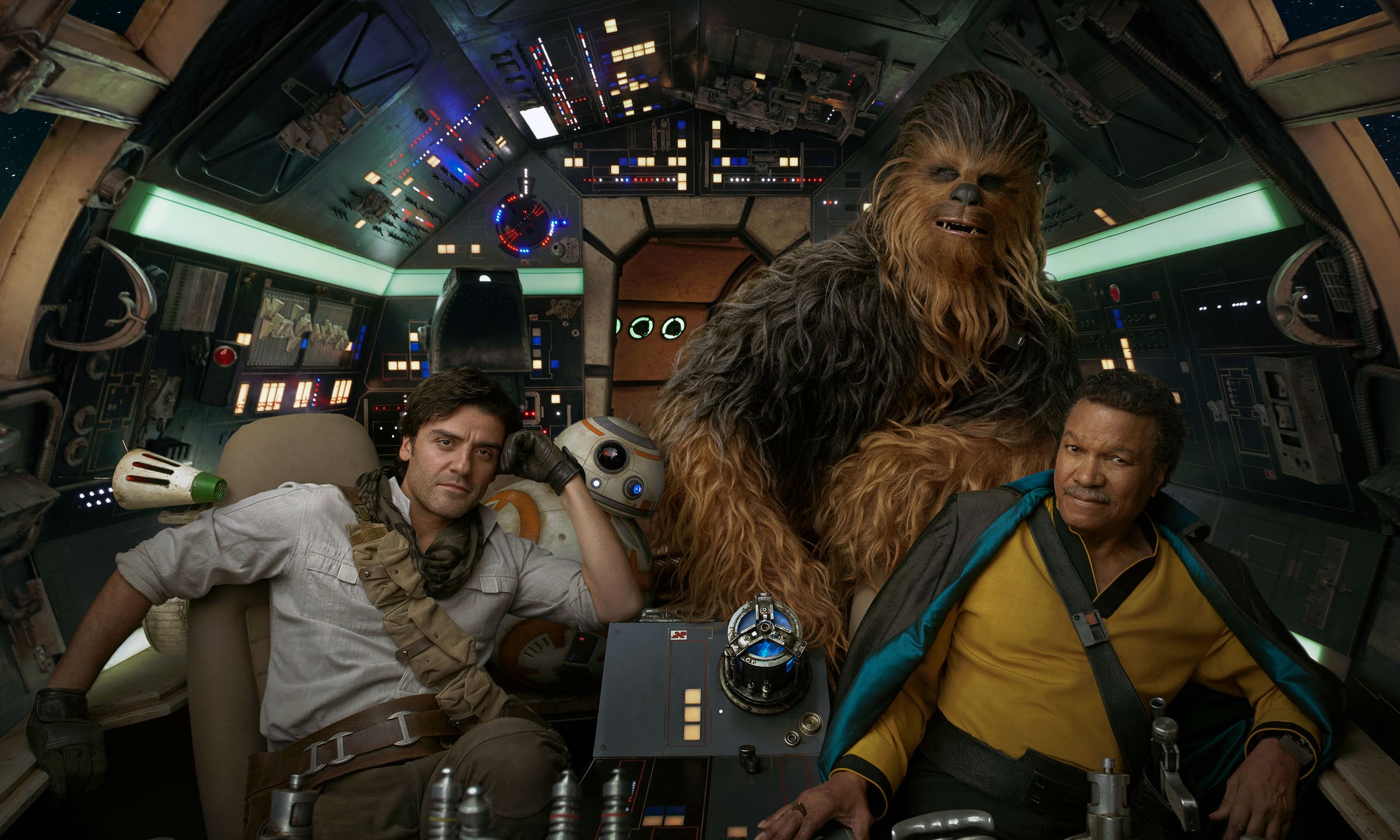Table of Contents Show
In October 2012, Disney announced an acquisition that would send ripples through the entertainment industry. Lucasfilm, and with it the Star Wars franchise, would be joining Disney’s ever-growing family only three years after a similar deal with Marvel had been struck. Immediately, the move was met with mixed reactions. Disney was well known for their Marvel adaptations at this point, but could they tackle Star Wars? Some worried about the action, some worried about the writing, some worried about the lack of original creator George Lucas. All-in-all, concerns ran thick. However, the optimism of the situation lay in the promise of three very enticing words: More Star Wars.
A Bevy Of Cancellations
Before Disney could release any Star Wars media, they would need to clean up the already existing works that kept the Galaxy moving. All novels and comics written before the buyout (and some after) were now deemed to be ‘Legends’ and were no longer canonical to the story. Entire beloved storylines and characters were wiped out in an instant. Perhaps even worse than the written works was the complex ordeal of sorting out what to do with The Clone Wars (2008-2020, Dave Filoni). Disney announced, “After five highly successful and critically acclaimed seasons of Star Wars: The Clone Wars, we feel the time has come to wind down the series.” (( “WebCite Query Result.” Webcitation.org, 2021. )). With that unceremonious reveal, the show was canceled. One presumably final sixth season was produced and released via Netflix. It consisted of 13 episodes titled “The Lost Missions.” Overall, fans felt unfulfilled by the show’s abrupt conclusion. The creative team would disband, and some moved on to work on the later announced Rebels (2014-2018, Dave Filoni).
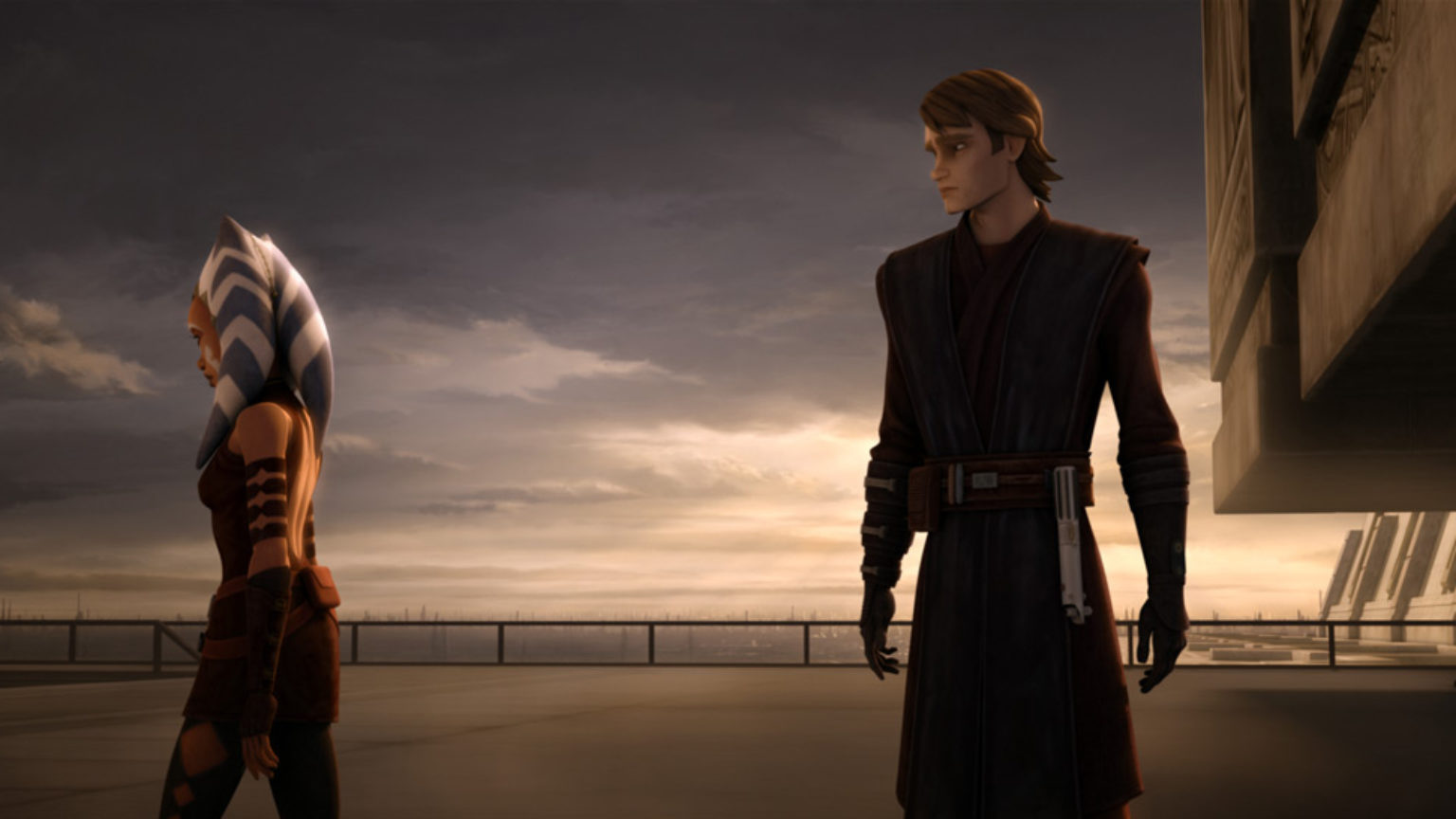
The cancellation soured many fans’ outlook on the buyout. The Clone Wars was one of the most captivating pieces of Star War media yet, and to have it taken away embittered dedicated fans of the show, injecting into them a lasting twinge of cynicism about any move Disney would make afterward.
The Sequel Trilogy & More
From the get-go, Disney planned to add on to the main Star Wars storyline ‘The Skywalker Saga’ with a brand new trilogy. These movies would become the Sequel Trilogy; The Force Awakens (2015, J.J. Abrams), The Last Jedi (2017, Rian Johnson), and The Rise of Skywalker (2019, J.J. Abrams). Alongside those films, Disney announced that they would be releasing a series of standalone films.
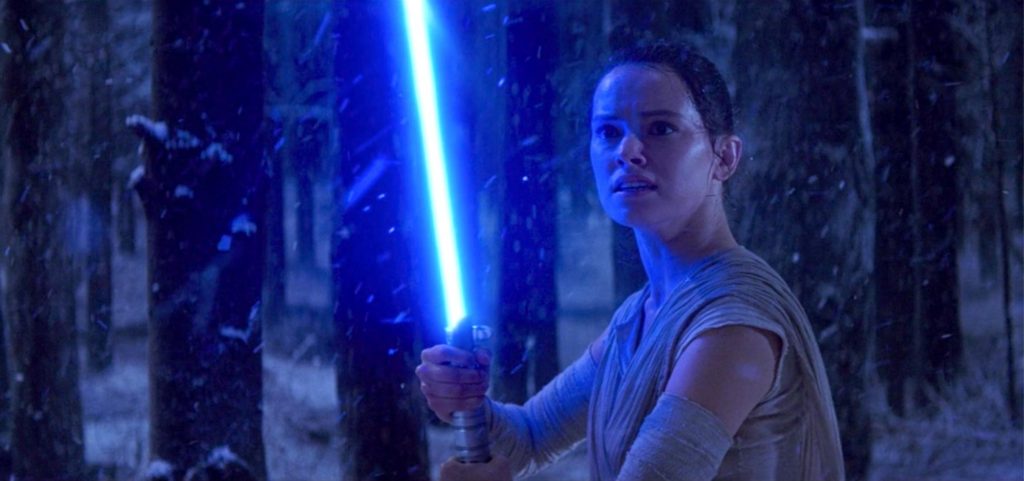
These would end up being Rogue One (2016) and Solo (2018), both being dubbed ‘A Star Wars Story.’ From 2015 onwards, Disney established a new brand of Star Wars, taking some notes from their Marvel launch not too long beforehand. Most notably, hiring an array of directors and writers to take the helm of each sequel movie and each standalone. Thematically, the Sequels leaned heavily into agency and hope. Each main character is chasing their own destiny while avoiding the expectations set out for them.
Problems With The Sequels
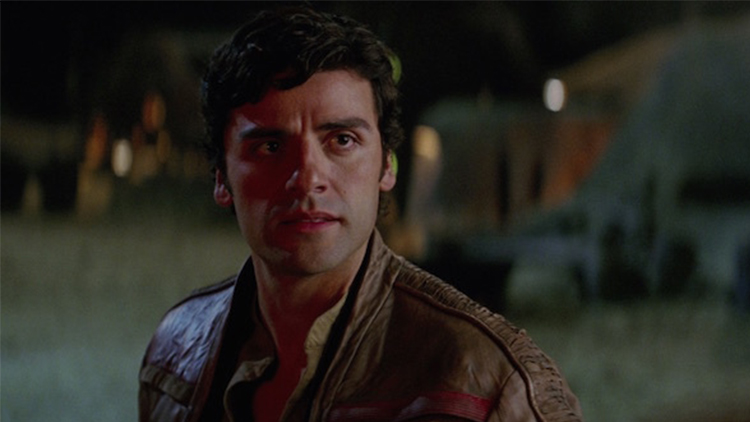
Those themes are core to the Original Trilogy (1977-1983) and were key to their success with viewers. While those are celebrated as classics, the Sequels were immediately met with varied responses. So what was the difference between the two? Inconsistency. As each film was released, the difference in directorship and authorship was apparent. Between J.J. Abrams rehashing old story beats and Rian Johnson taking a completely different approach, the themes were muddied amongst the muck of trying to create a coherent and cohesive story.
Characters were left untouched, storylines left unresolved, and audiences were generally dissatisfied with the final trilogy presented. By no means was it a complete failure, but there were definite issues with the construction of the trilogy. According to an interview with Collider, J.J. Abrams said that the series never had a fully formed plan. ((Chitwood, Adam, and (15874 Articles Published). “J.J. Abrams Reflects on ‘Star Wars’ and When It’s Critical to Have a Plan.” Collider, 26 May 2021, collider.com/jj-abrams-star-wars-sequel-trilogy-plan-comments/. )) The quote summarizes the issues with the directorial switching that Disney had planned out. While other cinematic universes such as Marvel’s benefited from the uniqueness of directorial variety, Star Wars’ vision was left jumbled and murky. The themes were lost in translation, and at the end of it all, the movies seemed to be disjointed and independent of each other.
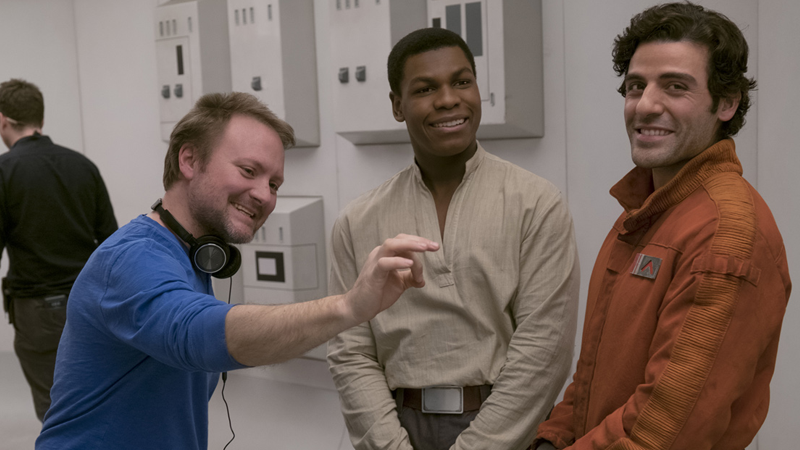
The cast suffered from the hand-offs as well. They started as a promising group of newcomers and rising stars and ended as celebrities who seemingly wanted nothing to do with Star Wars’ future. Daisy Ridley, who the trilogy was built around, had one of the most controversial roles in the entire Star Wars saga. Her introduction as Rey in The Force Awakens was a fine entrance to the saga, but her character was steeped in controversy as the next two movies were released. Most of it stemmed from misogyny, true, but the character’s path was littered with inconsistencies. John Boyega’s Finn suffered a similar fate. He was advertised as a lead alongside Ridley’s Rey, but time would show that he would constantly play second fiddle to both her and others. Each film had him taking a diminished role, starting as a competent member of the main cast to a supporting role who only served as a plot device. His diminishing importance leads audiences to raise questions about the shaping of characters within the trilogy. The mishandling of these two characters is merely a sample of the trilogy as a whole.
Positives From The Sequels
It is important to note that the movies were financial successes, and there are decent followings surrounding them. They aren’t perfect, but they aren’t irredeemable either. They just weren’t the perfect start that Disney was looking for. Some elements worked, while some fell flat.
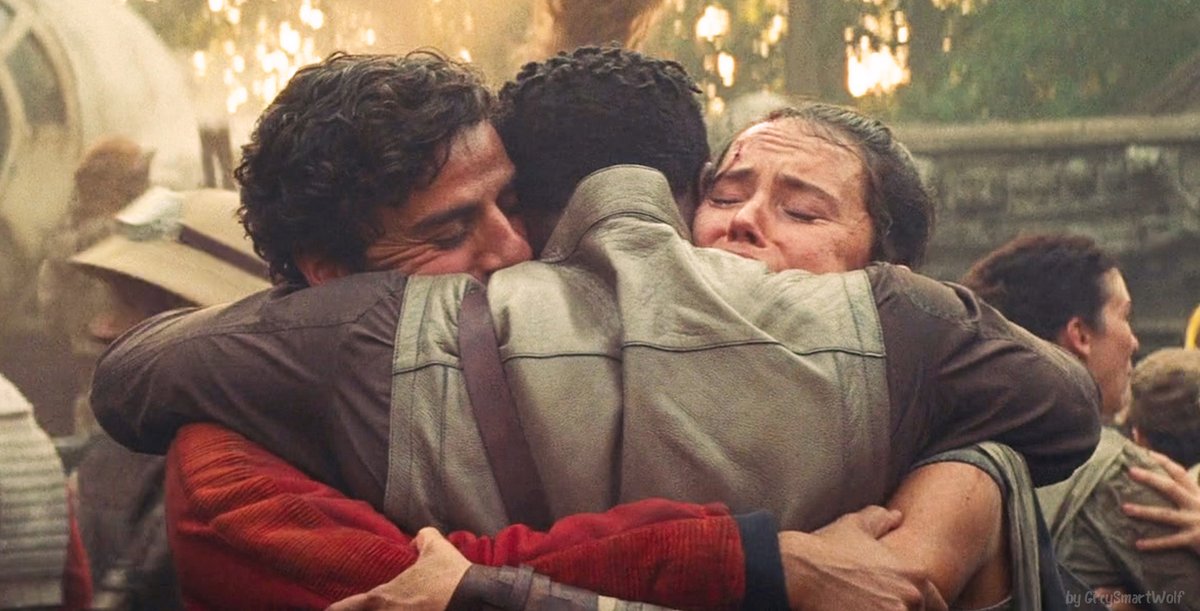
The cast had great chemistry when utilized correctly, and their performances were fantastic for the most part. The returns of Harrison Ford, Carrie Fisher, and Mark Hamill as their respective Original Trilogy characters were well-acted and mostly well-received. However, the blame doesn’t necessarily fall on anyone on-screen. After The Rise of Skywalker was released, it seemed that the franchise was in dire need of some saving.
A New Era Of Entertainment
Enter, or perhaps re-enter, Dave Filoni. After successfully launching Rebels (2014-2018) and Resistance (2018-2020) on Disney XD, fans waited for his next project with bated breath. In this instance, the surprises came in bunches. In a matter of months, Filoni was revealed to be working on two Star Wars projects. One, a live-action series helmed by Jon Favreau (Iron Man, Chef) titled The Mandalorian. The other, a surprise single-season revival of The Clone Wars. He announced the return of his hit series to a group of fans celebrating the series’ 10th anniversary. Both shows were fan favorites.
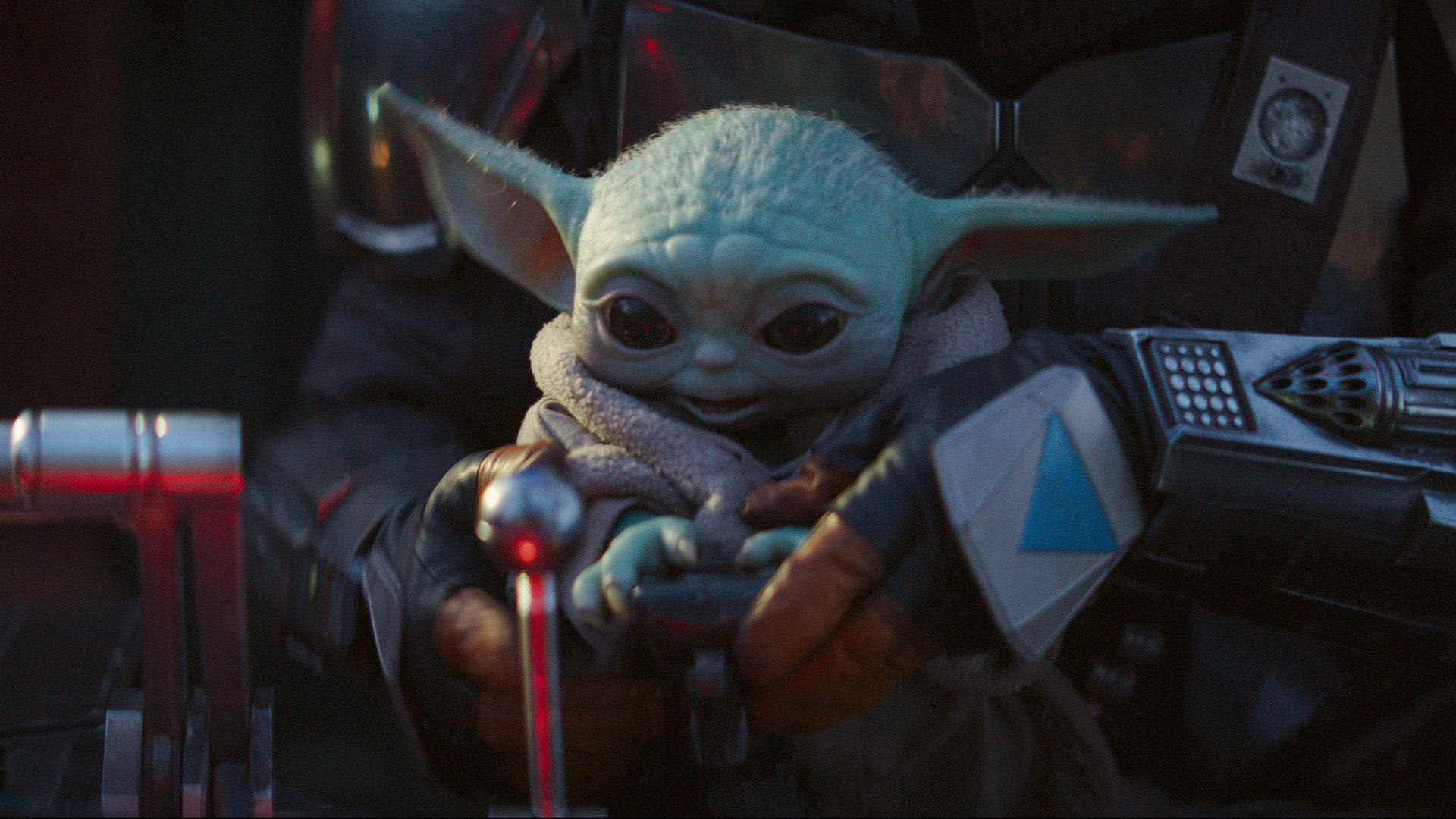
The Mandalorian dominated Disney+’s streaming numbers, and The Clone Wars‘ fully realized final season gave fans a distinct sense of closure. While season six was a loosely tied group of stories, season seven provided a poignant finish to a decade-long project. But what these two shows proved more than anything else is that Star Wars could work on the small screen. Instead of one movie every two years, the franchise could be continued in episodic releases via Disney+. In The Mandalorian‘s case, the show’s ongoing success can be attributed to the showrunners.
The knockout punch between Filoni and Favreau proved to be something of a renaissance for the universe. Combining Filoni’s knowledge of Star Wars with Favreau’s story crafting, The Mandalorian explores times and places that the franchise had never touched before. Moreover, with the both of them supervising the stories released, there was none of that transitional awkwardness that existed between the mainline movies of the Sequel Trilogy. From the success of The Mandalorian, Disney announced multiple spin-offs, cementing the future of both their streaming services and the Star Wars franchise.
Hope For The Future
Star Wars is showing no signs of stopping. In the same vein as the Marvel Cinematic Universe, Star Wars has landed itself back in the cultural mainstream with content constantly being released and much more to come. Storytelling is facing a renaissance in the age of streaming, with weekly series taking the lion’s share of mainstream interest. It should be both encouraging and impressive to see Star Wars pioneering this format. Star Wars fans should be excited about the future. Any anxiety held by the community from the mishandling of the Sequel Trilogy is understandable but perhaps misplaced.
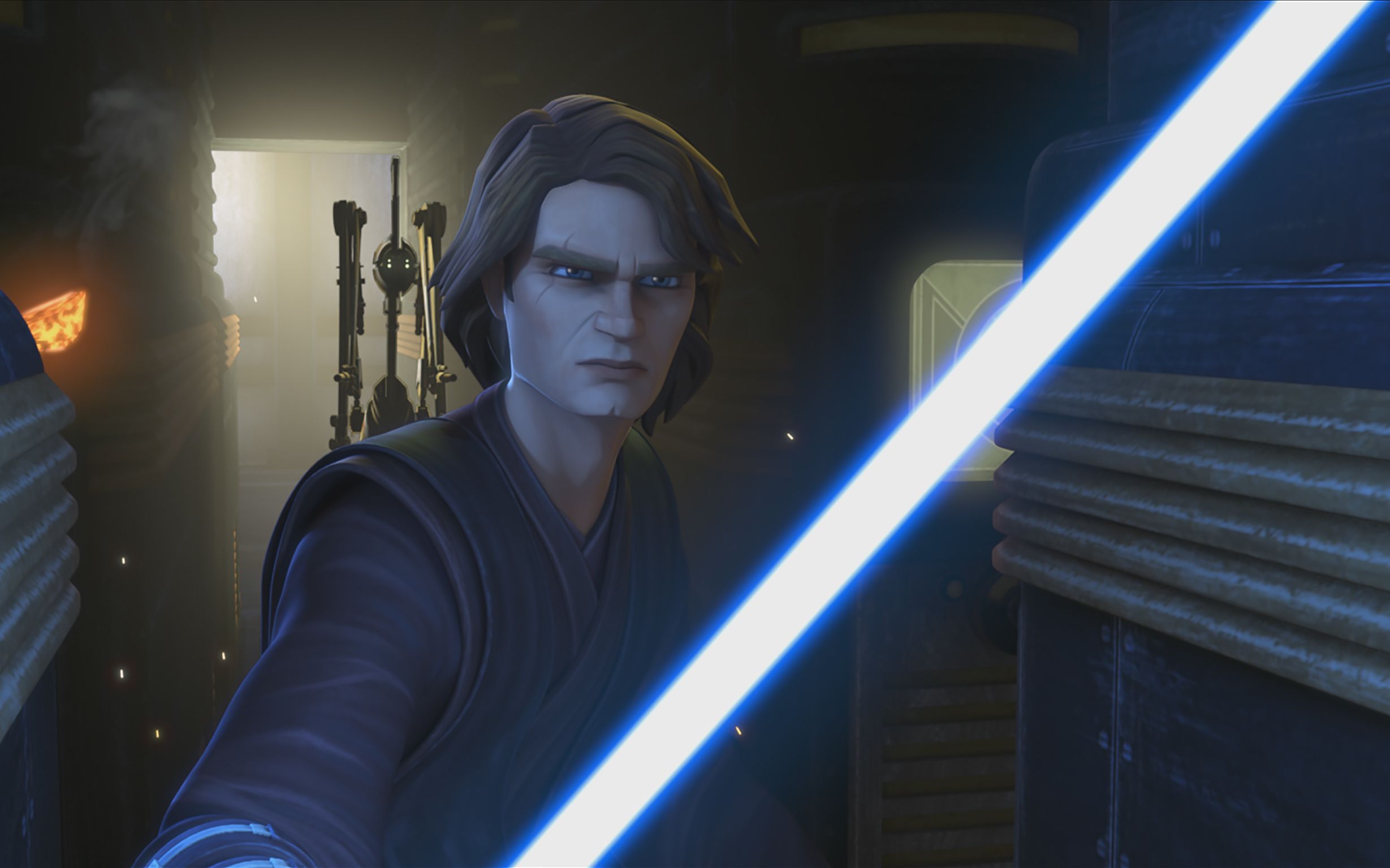
The capable hands that have taken creative control over the franchise are crafting something special. Something that celebrates the franchise’s past while embracing the future forthcoming. Dave Filoni has steadily climbed the ranks within the Disney-owned Lucasfilm, and it seems that the keys to the kingdom are inevitably going to be placed in his hands. With his knowledge of the universe and fan-centered sensibilities, it seems that nothing but good things are ahead.
